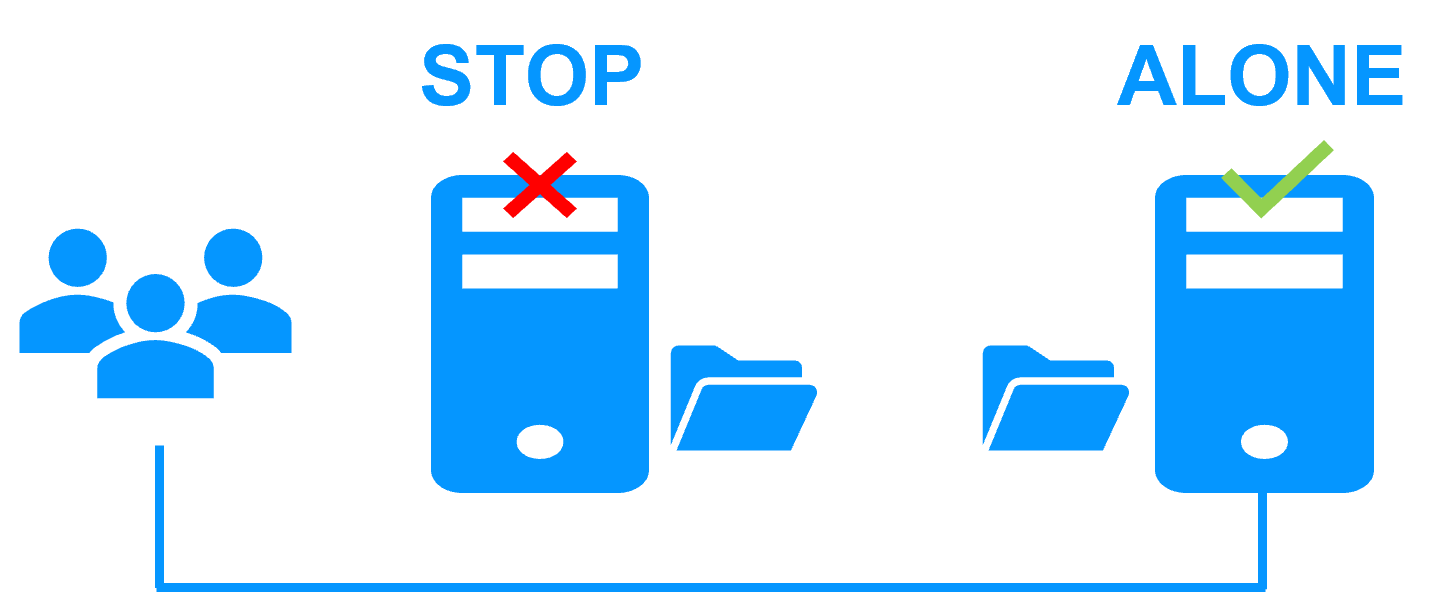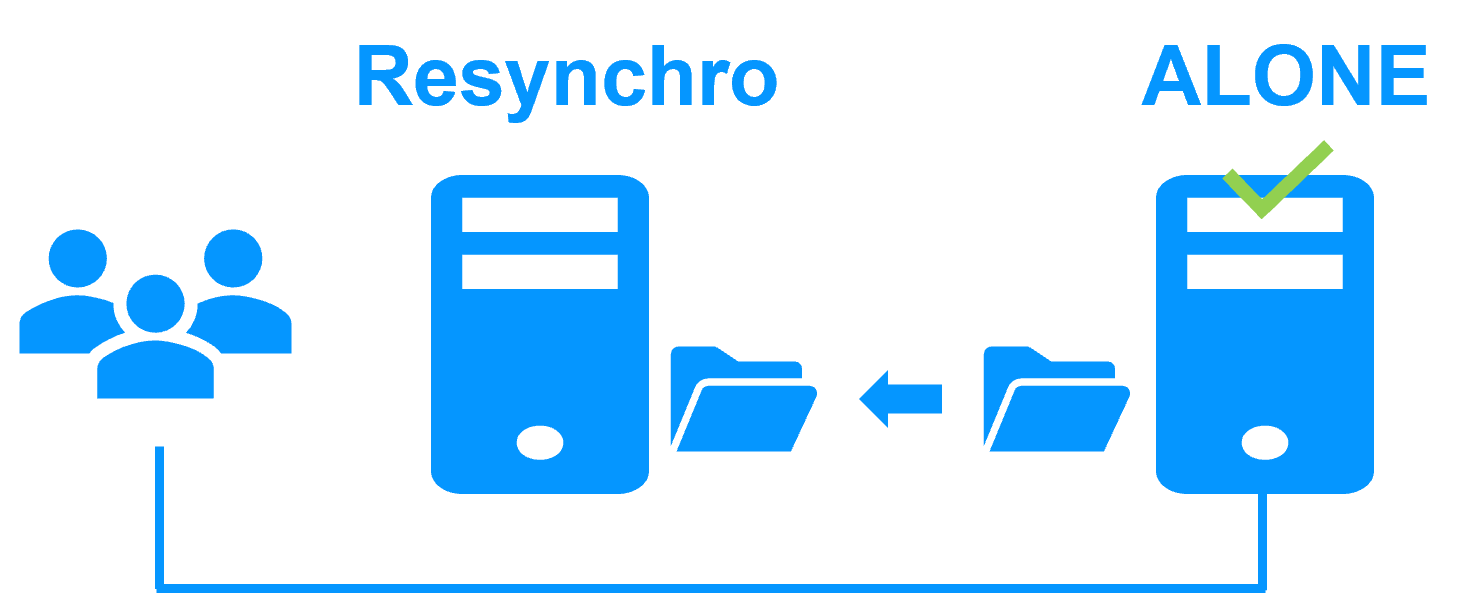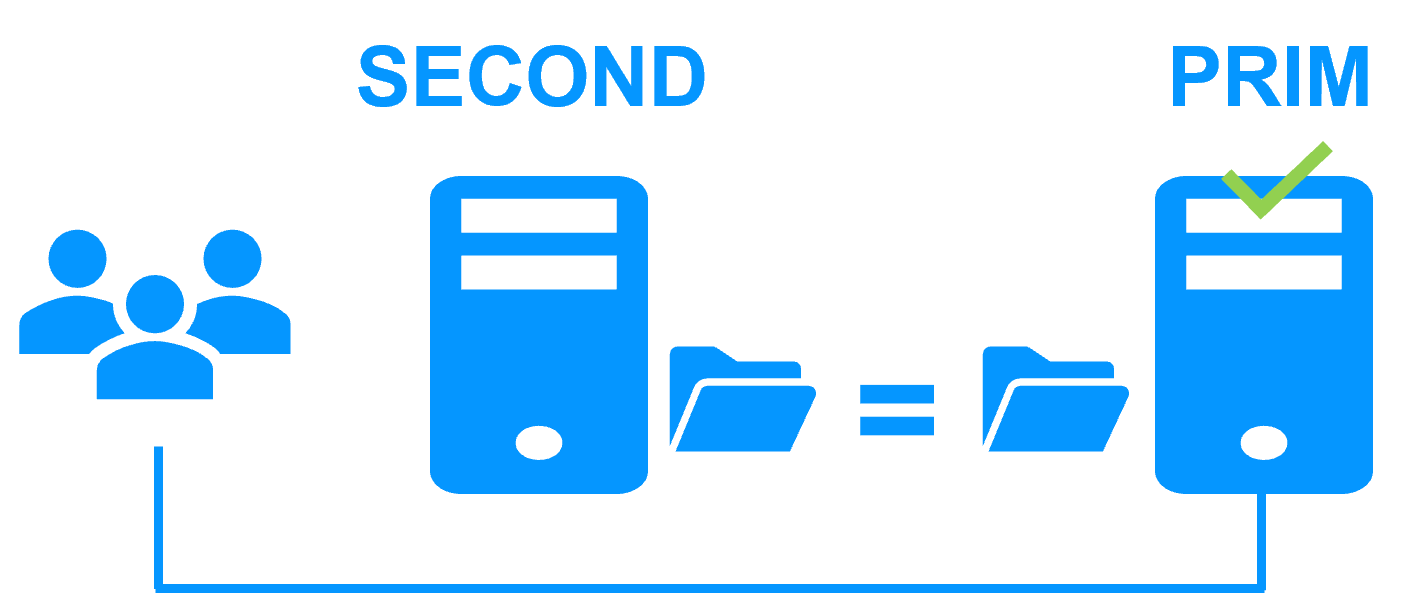Kubernetes K3S: the simplest high availability cluster between two redundant servers
With the synchronous replication and automatic failover provided by Evidian SafeKit
The solution for Kubernetes K3S
Evidian SafeKit brings high availability to Kubernetes K3S between two redundant servers. This article explains how to implement quickly a Kubernetes cluster on 2 nodes without NFS external storage, without an external configuration database and without specific skills.
Note that SafeKit is a generic product. You can implement with the same product real-time replication and failover of directories and services, databases, Docker, Podman, full Hyper-V or KVM virtual machines, Cloud applications (see all solutions).
This clustering solution is recognized as the simplest to implement by our customers and partners. The SafeKit solution is the perfect solution for running Kubernetes applications on premise and on 2 nodes.
We have chosen K3S as the Kubernetes engine because it is a lightweight solution for IoT & Edge computing.
The k3s.safe mirror module implements:
- 2 active K3S masters/agents running pods
- replication of the K3S configuration database (MariaDB)
- replication of persistent volumes (implemented by NFS client dynamic provisionner storage class: nfs-client)
- virtual IP address, automatic failover, automatic failback
How it works?
The following table explains how the solution is working on 2 nodes. Other nodes with K3S agents (without SafeKit) can be added for horizontal scalability.
| Kubernetes K3S components | |
| SafeKit PRIM node | SafeKit SECOND node |
| K3S (master and agent) is running pods on the primary node | K3S (master and agent) is running pods on the secondary node |
NFS Server is running on the primary node with:
|
Persistent volumes are replicated synchronously and in real-time by SafeKit on the secondary node |
MariaDB server is running on the primary node with:
|
The configuration database is replicated synchronously and in real-time by SafeKit on the secondary node |
A simple solution
SafeKit is the simplest high availabiliy solution for running Kubernetes applications on 2 nodes and on premise.
| SafeKit | Benefits |
| Synchronous real-time replication for persistent volumes | No external NAS/NFS storage for persistent volumes |
| Only 2 nodes for HA of Kubernetes | No need for 3 nodes like with etcd database |
| Same simple product for virtual IP address, replication, failover, failback, administration, maintenance | Avoid different technologies for virtual IP (metal-lb, BGP), HA of persistent volumes, HA of configuration database |
| Supports disaster recovery with two remote nodes | Avoid replicated NAS storage |
Step 1. File replication at byte level in a mirror cluster
This step corresponds to the following figure. Server 1 (PRIM) runs the Kubernetes K3S components explained in the previous table. Clients are connected to the virtual IP address of the mirror cluster. SafeKit replicates in real time files opened by the Kubernetes K3S components. Only changes made by the components in the files are replicated across the network, thus limiting traffic (byte-level file replication).
With a software data replication at the file level, only names of directories are configured in SafeKit. There are no pre-requisites on disk organization for the two servers. Directories to replicate may be located in the system disk. SafeKit implements synchronous replication with no data loss on failure contrary to asynchronous replication.
Step 2. Failover
When Server 1 fails, Server 2 takes over. SafeKit switches the cluster's virtual IP address and restarts the Kubernetes K3S components automatically on Server 2. The components find the files replicated by SafeKit uptodate on Server 2, thanks to the synchronous replication between Server 1 and Server 2. The components continue to run on Server 2 by locally modifying their files that are no longer replicated to Server 1.
The failover time is equal to the fault-detection time (set to 30 seconds by default) plus the components start-up time. Unlike disk replication solutions, there is no delay for remounting file system and running file system recovery procedures.
Step 3. Failback and reintegration
Failback involves restarting Server 1 after fixing the problem that caused it to fail. SafeKit automatically resynchronizes the files, updating only the files modified on Server 2 while Server 1 was halted. This reintegration takes place without disturbing the Kubernetes K3S components, which can continue running on Server 2.
If SafeKit was cleanly stopped on server 1, then at its restart, only the modified zones inside files are resynchronized, according to modification tracking bitmaps.
If server 1 crashed (power off), the modification bitmaps are not reliable and not used. All the files bearing a modification timestamp more recent than the last known synchronization point are resynchronized.
Step 4. Return to byte-level file replication in the mirror cluster
After reintegration, the files are once again in mirror mode, as in step 1. The system is back in high-availability mode, with the Kubernetes K3S components running on Server 2 and SafeKit replicating file updates to the secondary Server 1.
If the administrator wishes the Kubernetes K3S components to run on Server 1, he/she can execute a "swap" command either manually at an appropriate time, or automatically through configuration.
Why a replication of a few Tera-bytes?
Resynchronization time after a failure (step 3)
- 1 Gb/s network ≈ 3 Hours for 1 Tera-bytes.
- 10 Gb/s network ≈ 1 Hour for 1 Tera-bytes or less depending on disk write performances.
Alternative
- For a large volume of data, use external shared storage.
- More expensive, more complex.
Why a replication < 1,000,000 files?
- Resynchronization time performance after a failure (step 3).
- Time to check each file between both nodes.
Alternative
- Put the many files to replicate in a virtual hard disk / virtual machine.
- Only the files representing the virtual hard disk / virtual machine will be replicated and resynchronized in this case.
Why a failover ≤ 32 replicated VMs?
- Each VM runs in an independent mirror module.
- Maximum of 32 mirror modules running on the same cluster.
Alternative
- Use an external shared storage and another VM clustering solution.
- More expensive, more complex.
Why a LAN/VLAN network between remote sites?
- Automatic failover of the virtual IP address with 2 nodes in the same subnet.
- Good bandwidth for resynchronization (step 3) and good latency for synchronous replication (typically a round-trip of less than 2ms).
Alternative
- Use a load balancer for the virtual IP address if the 2 nodes are in 2 subnets (supported by SafeKit, especially in the cloud).
- Use backup solutions with asynchronous replication for high latency network.
| VM HA with the SafeKit Hyper-V or KVM module | Application HA with SafeKit application modules |
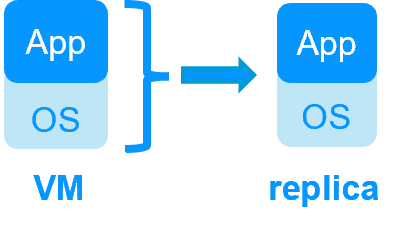 |
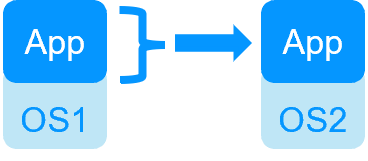 |
| SafeKit inside 2 hypervisors: replication and failover of full VM | SafeKit inside 2 virtual or physical machines: replication and failover at application level |
| Replicates more data (App+OS) | Replicates only application data |
| Reboot of VM on hypervisor 2 if hypervisor 1 crashes Recovery time depending on the OS reboot VM checker and failover (Virtual Machine is unresponsive, has crashed, or stopped working) |
Quick recovery time with restart of App on OS2 if crash of server 1 Around 1 mn or less (see RTO/RPO here) Application checker and software failover |
| Generic solution for any application / OS | Restart scripts to be written in application modules |
| Works with Windows/Hyper-V and Linux/KVM but not with VMware | Platform agnostic, works with physical or virtual machines, cloud infrastructure and any hypervisor including VMware |
| SafeKit with the Hyper-V module or the KVM module | Microsoft Hyper-V Cluster & VMware HA |
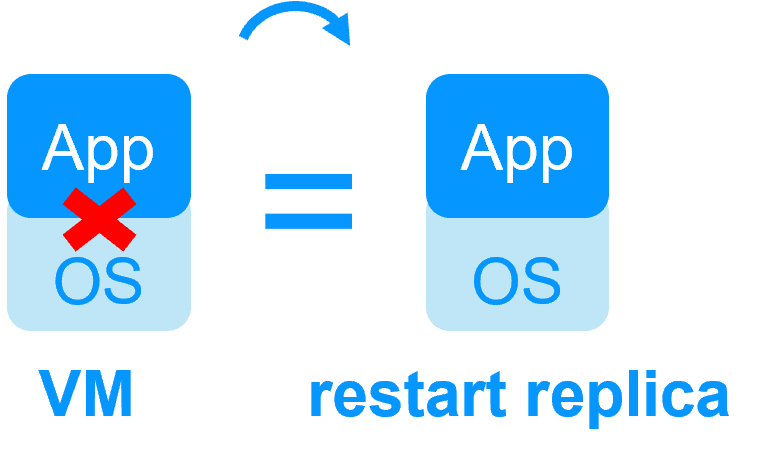 |
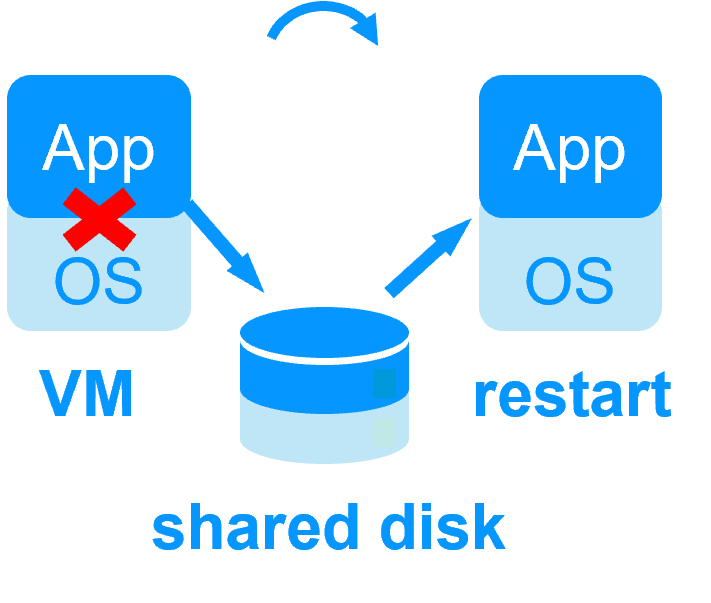 |
 No shared disk - synchronous real-time replication instead with no data loss No shared disk - synchronous real-time replication instead with no data loss |
 Shared disk and specific extenal bay of disk Shared disk and specific extenal bay of disk |
 Remote sites = no SAN for replication Remote sites = no SAN for replication |
 Remote sites = replicated bays of disk across a SAN Remote sites = replicated bays of disk across a SAN |
 No specific IT skill to configure the system (with hyperv.safe and kvm.safe) No specific IT skill to configure the system (with hyperv.safe and kvm.safe) |
 Specific IT skills to configure the system Specific IT skills to configure the system |
| Note that the Hyper-V/SafeKit and KVM/SafeKit solutions are limited to replication and failover of 32 VMs. | Note that the Hyper-V built-in replication does not qualify as a high availability solution. This is because the replication is asynchronous, which can result in data loss during failures, and it lacks automatic failover and failback capabilities. |
Evidian SafeKit mirror cluster with real-time file replication and failover |
|
3 products in 1
More info >
 |
|
Very simple configuration
More info >
 |
|
Synchronous replication
More info >
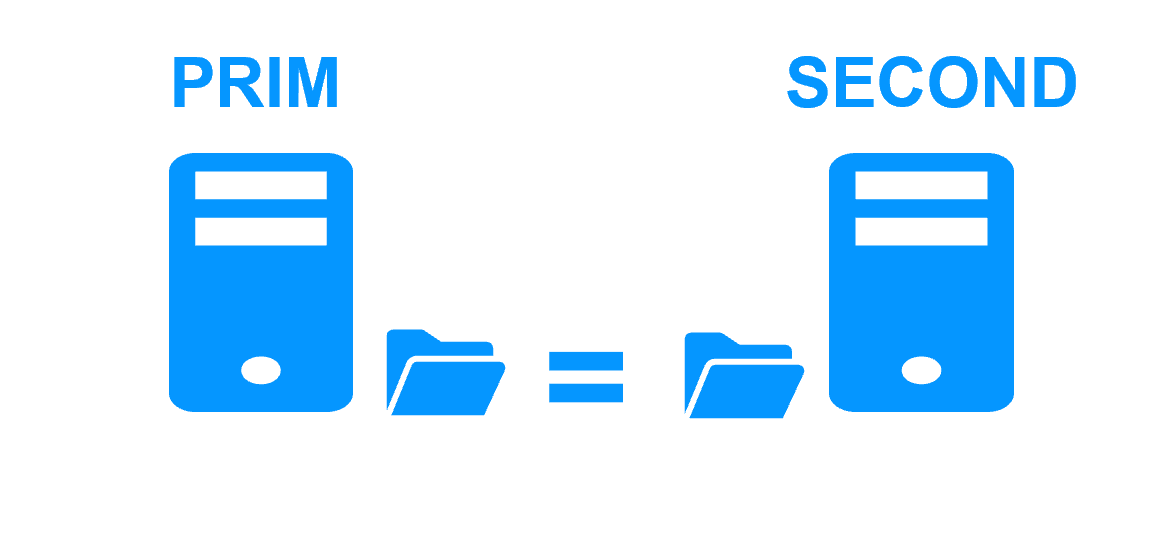 |
|
Fully automated failback
More info >
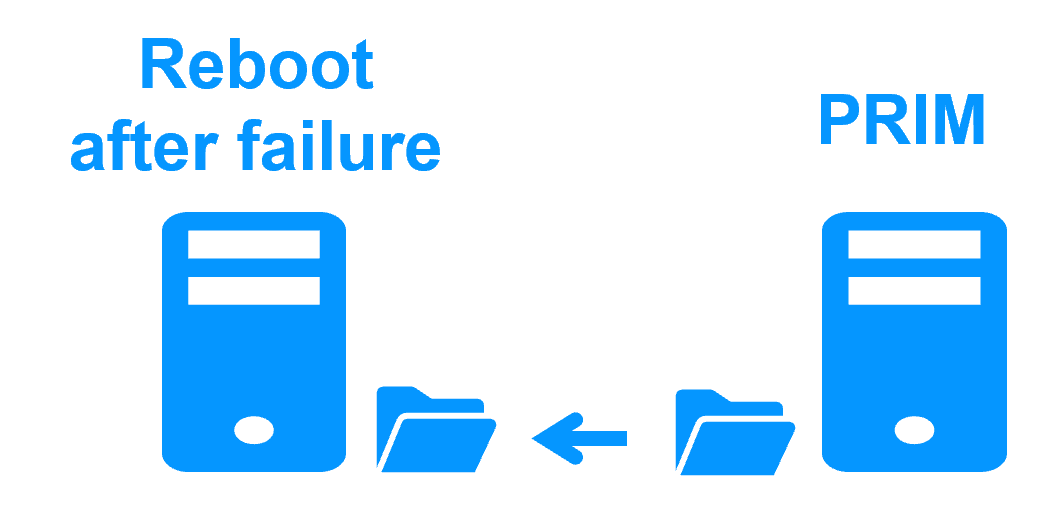 |
|
Replication of any type of data
More info >
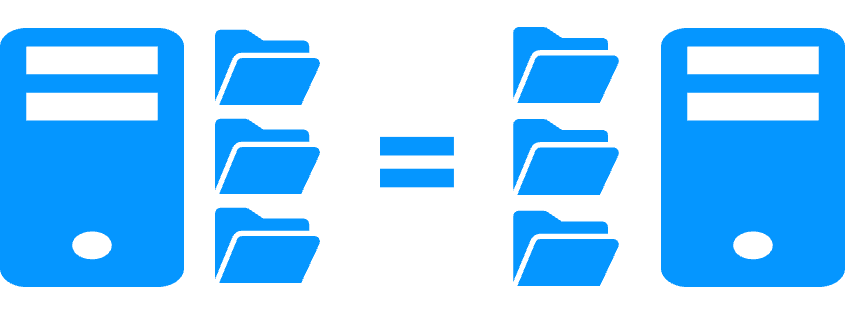 |
|
File replication vs disk replication
More info >
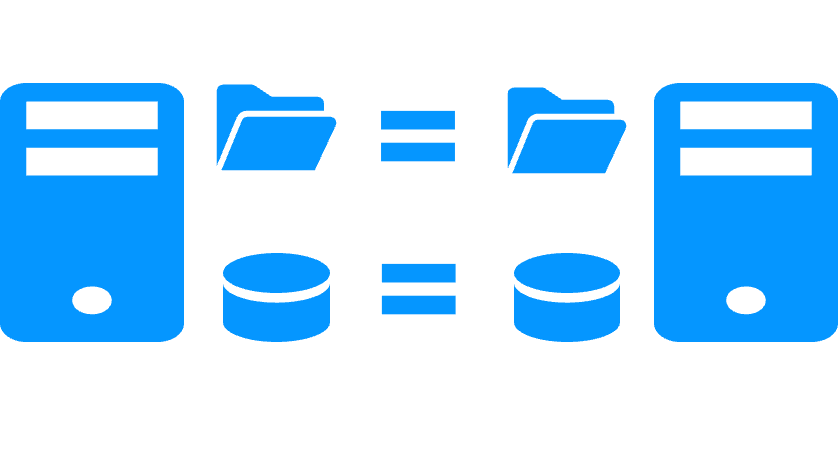 |
|
File replication vs shared disk
More info >
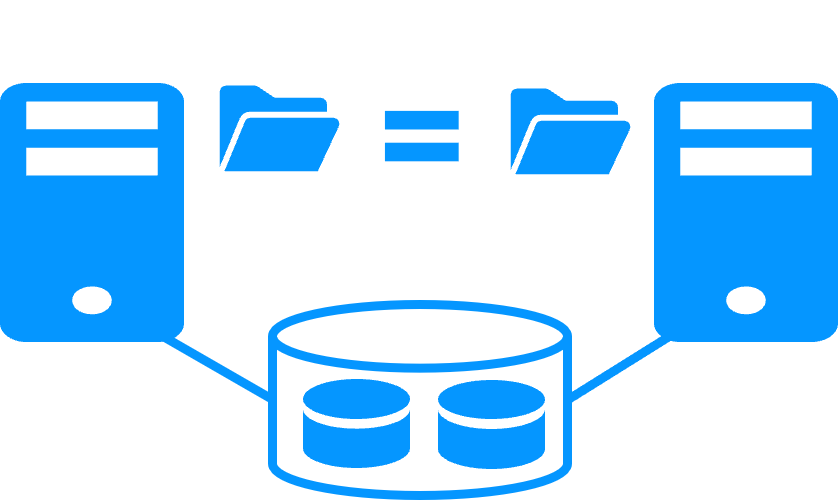 |
|
Remote sites and virtual IP address
More info >
 |
|
Quorum and split brain
More info >
 |
|
Active/active cluster
More info >
 |
|
Uniform high availability solution
More info >
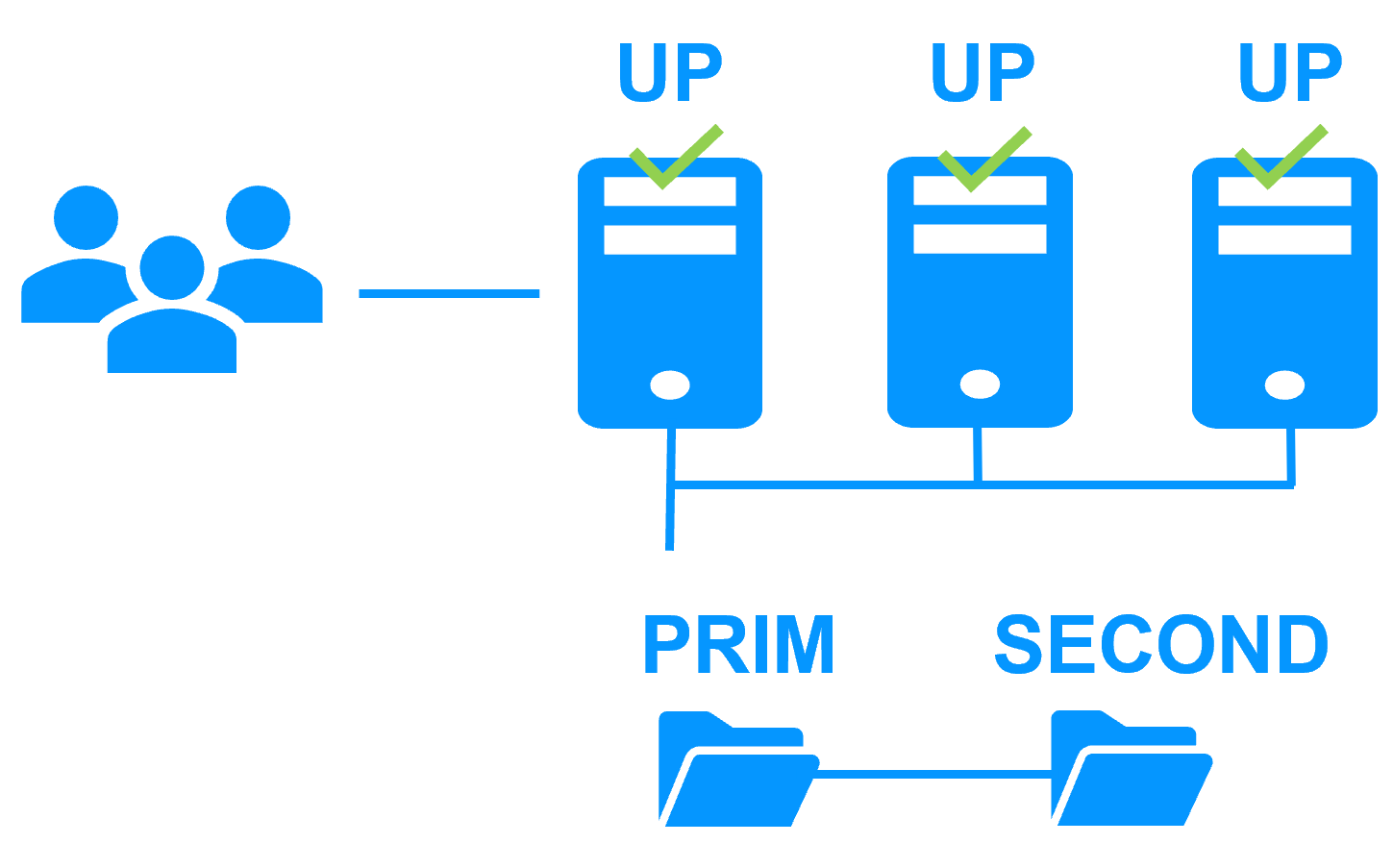 |
|
RTO / RPO
More info >
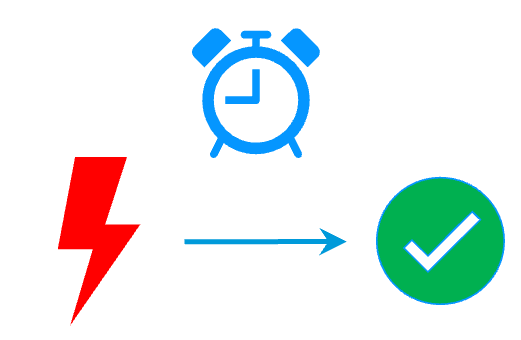 |
|
Evidian SafeKit farm cluster with load balancing and failover |
|
No load balancer or dedicated proxy servers or special multicast Ethernet address
More info >
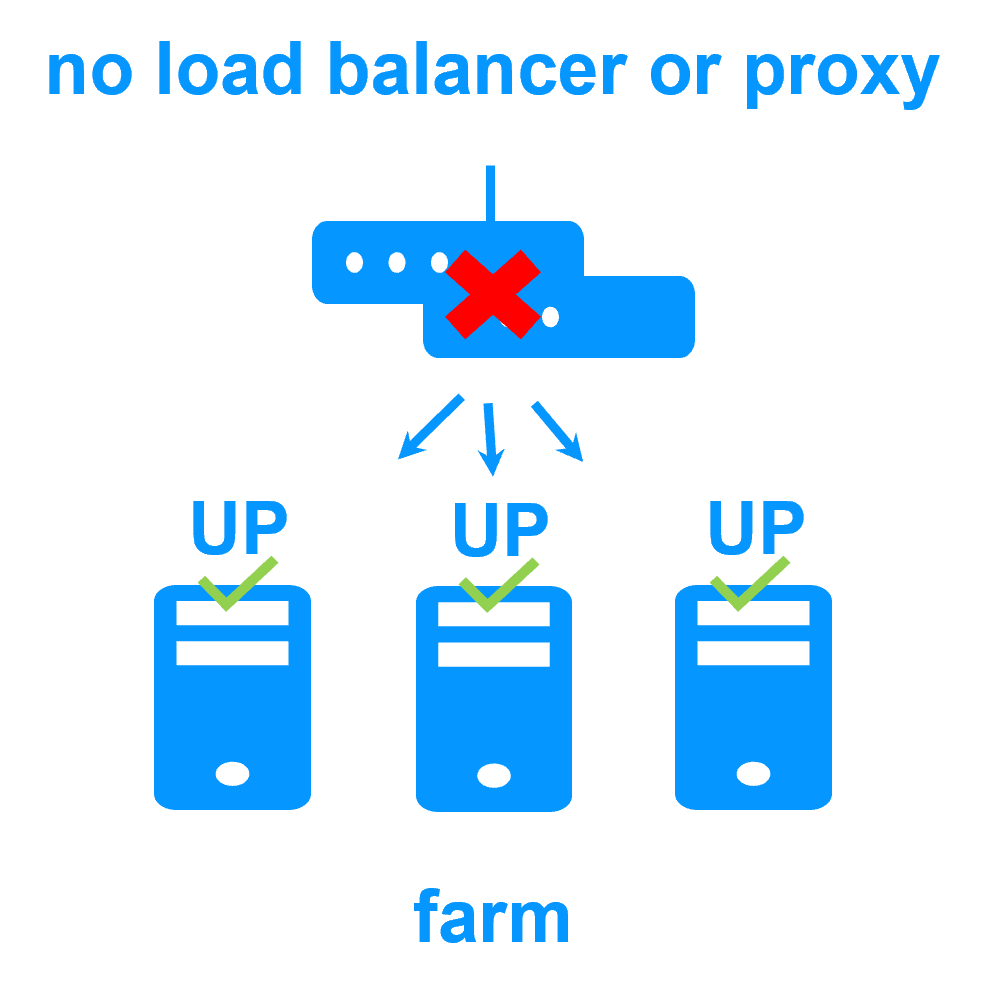 |
|
All clustering features
More info >
 |
|
Remote sites and virtual IP address
More info >
 |
|
Uniform high availability solution
More info >
 |
|
Software clustering vs hardware clustering More info > |
|
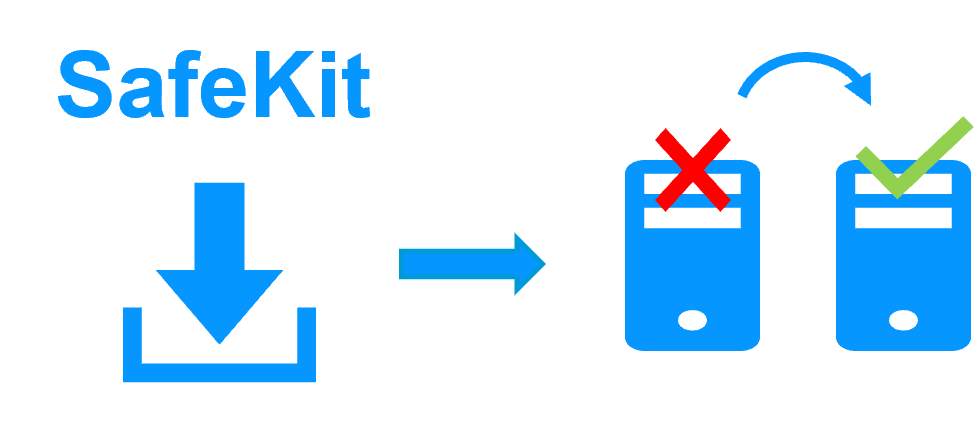
|
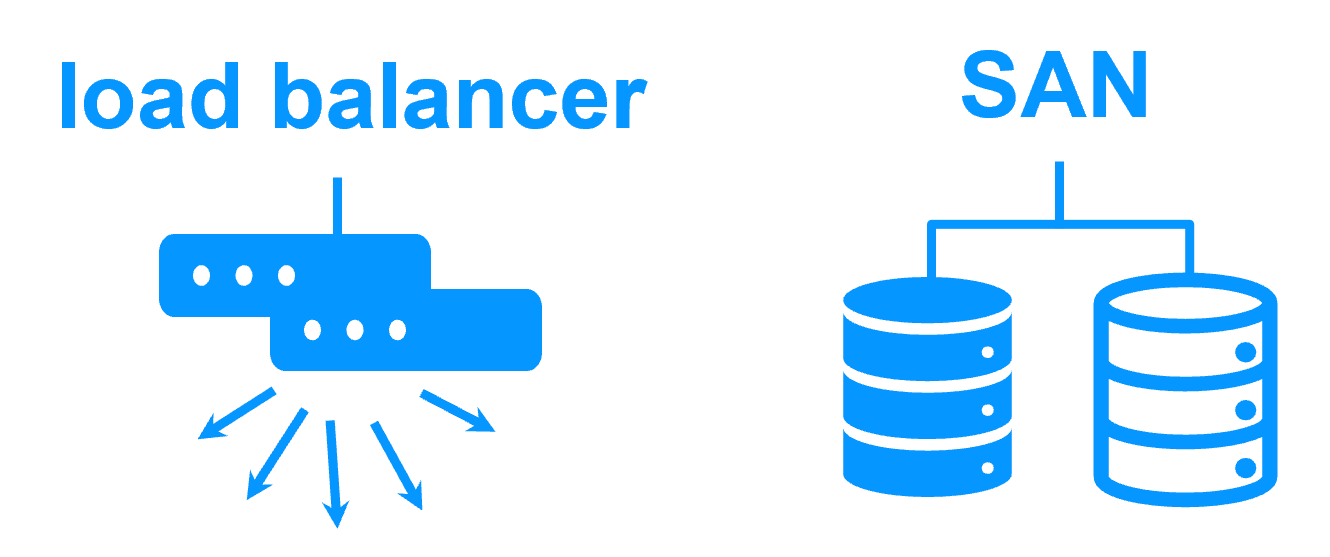
|
Shared nothing vs a shared disk cluster More info > |
|

|
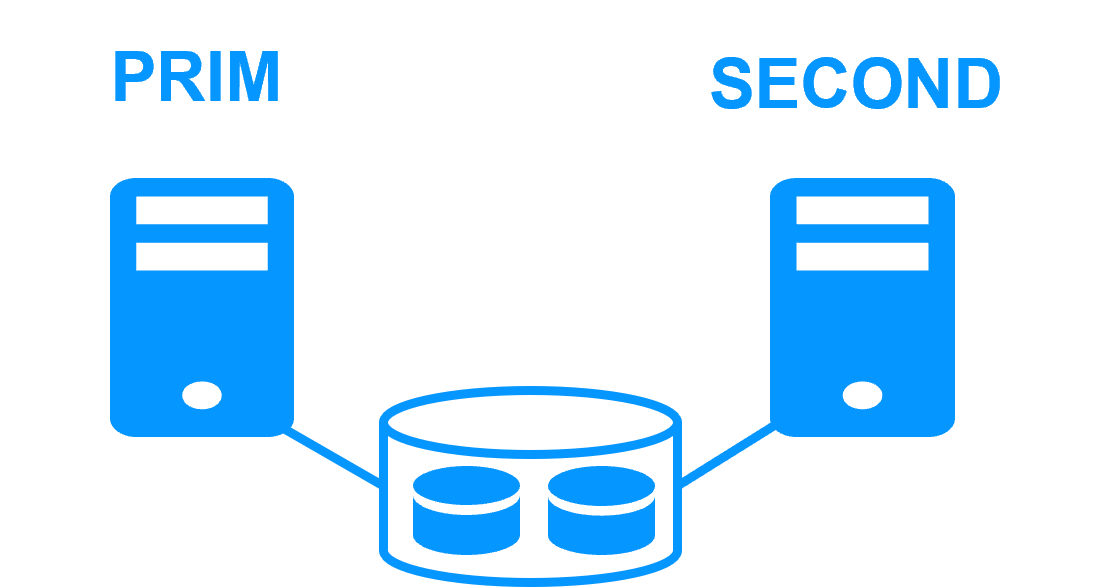
|
Application High Availability vs Full Virtual Machine High Availability More info > |
|

|

|
High availability vs fault tolerance More info > |
|

|
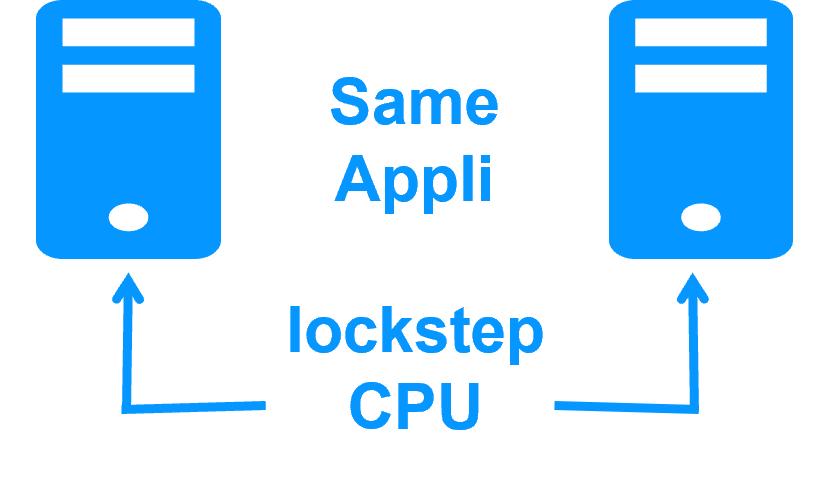
|
Synchronous replication vs asynchronous replication More info > |
|

|
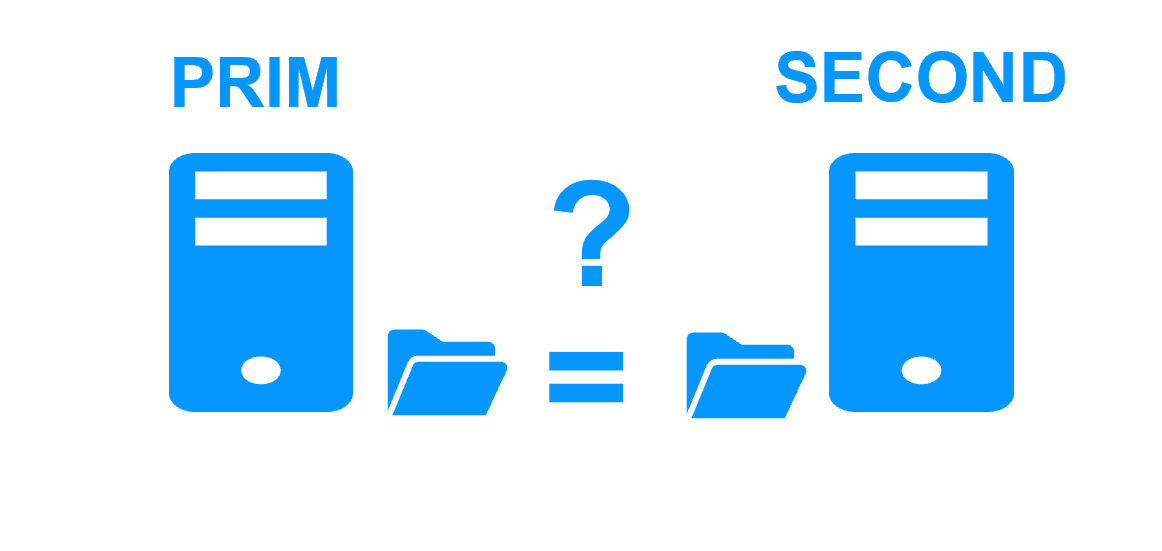
|
Byte-level file replication vs block-level disk replication More info > |
|

|
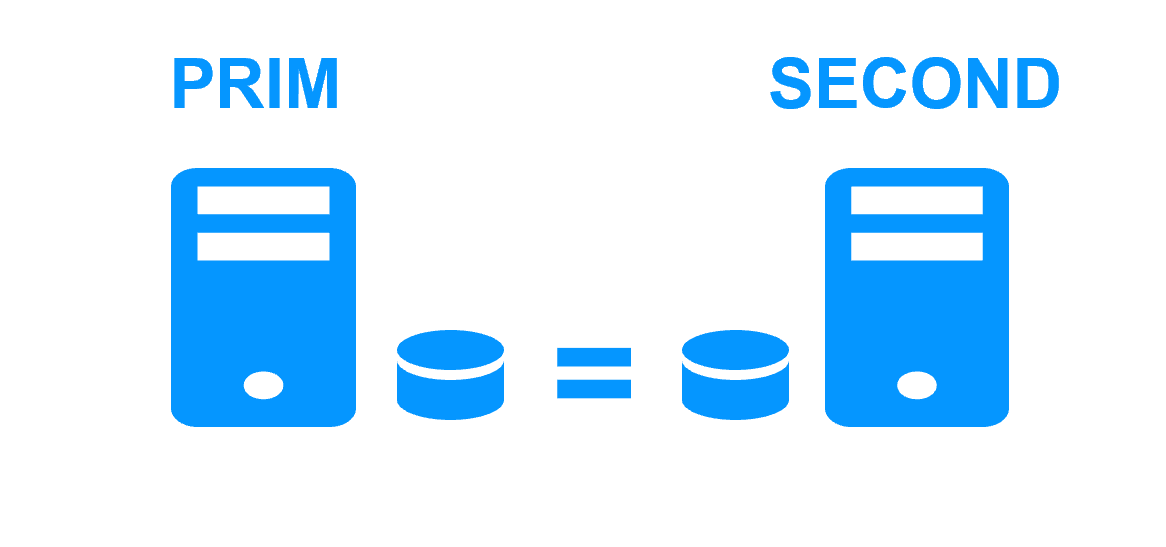
|
Heartbeat, failover and quorum to avoid 2 master nodes More info > |
|

|

|
Virtual IP address primary/secondary, network load balancing, failover More info > |
|
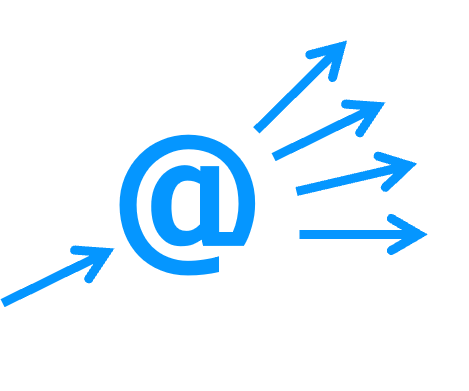
|

|

